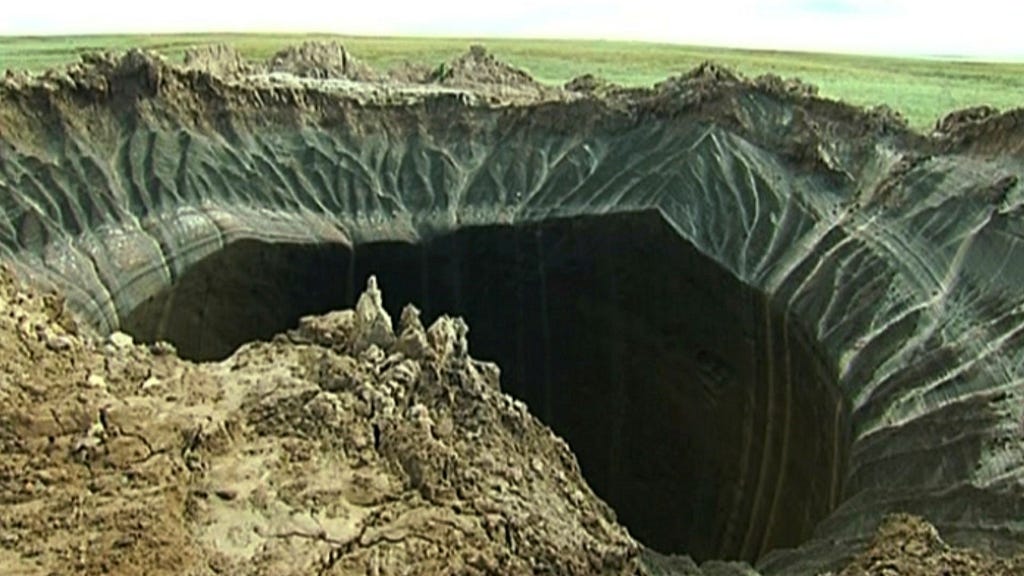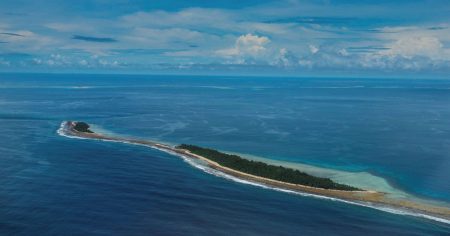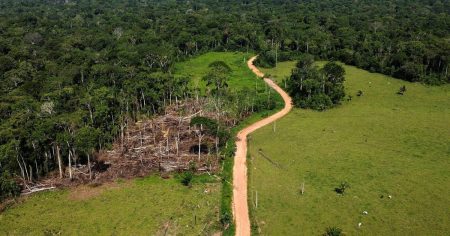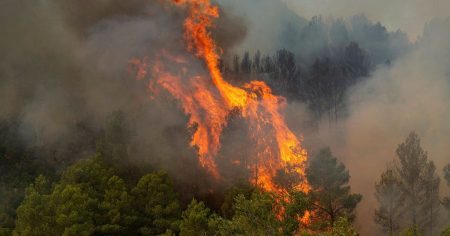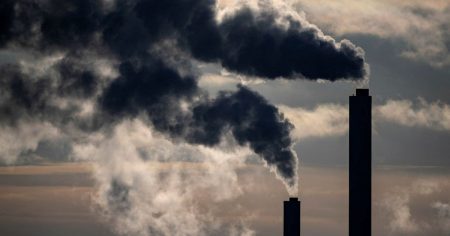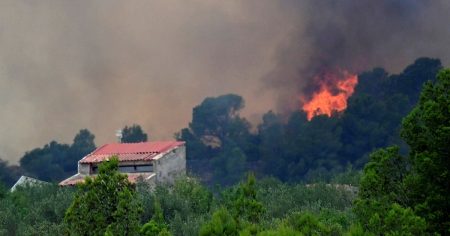The remote, icy landscapes of the Yamal and Gydan peninsulas in northwestern Siberia have become the stage for a dramatic and puzzling phenomenon: the sudden appearance of massive craters, some tens of meters in diameter, over the past decade. These gaping holes, ringed by displaced earth and ice, testify to a powerful explosive force originating beneath the frozen ground. While initial speculation ranged from meteor strikes to extraterrestrial intervention, the scientific consensus has pointed towards exploding gas, particularly methane, which is abundant in the permafrost of the Siberian tundra. However, the precise mechanisms behind the gas accumulation and subsequent explosions remained elusive until recently.
A team of researchers from the University of Cambridge has proposed a compelling explanation for these cryptic craters, linking their formation to a complex interplay of human-induced climate change and unique geological conditions. The Siberian landscape in these regions is characterized by permafrost, a layer of permanently frozen soil, rock, and sediment. Beneath this icy layer lies a significant reservoir of methane hydrates, a type of ice containing trapped methane. Crucially, a thin layer of unfrozen, salty water known as cryopeg separates the permafrost and the methane hydrate layer.
The researchers’ hypothesis hinges on the impact of rising temperatures on this delicate subterranean system. As climate change warms the region, the upper layers of permafrost begin to thaw, releasing water that percolates downwards and mixes with the cryopeg layer. This influx of water creates a critical pressure buildup within the confined cryopeg layer. Like overinflating a tire, this increasing pressure eventually overwhelms the surrounding earth, causing fractures that propagate upwards to the surface.
These fractures, acting as conduits, drastically alter the pressure conditions within the underlying methane hydrate layer. This pressure change destabilizes the methane hydrates, causing a rapid release of methane gas. The researchers theorize that this process unfolds over decades, allowing a substantial volume of methane to accumulate before finally erupting in a powerful explosion that creates the characteristic craters. This model effectively explains the observed features of the craters, including their size, shape, and the surrounding debris field.
The Cambridge team’s research, published in Advancing Earth and Space Sciences, underscores the interconnectedness of climate change and geological processes. The thawing permafrost, driven by rising global temperatures, triggers a cascade of events that ultimately leads to these dramatic explosions. The study highlights the vulnerability of permafrost regions to climate change and the potential for unforeseen consequences as these frozen landscapes transform. The release of methane, a potent greenhouse gas, further exacerbates the cycle of warming, creating a feedback loop with potentially far-reaching implications for the global climate system.
The Siberian craters serve as a stark reminder of the complex and often unpredictable ways in which climate change can reshape our planet. The thawing permafrost not only creates these dramatic explosions but also releases significant amounts of greenhouse gases, further accelerating warming. This research emphasizes the urgent need for comprehensive studies of permafrost regions to better understand and mitigate the potential risks associated with thawing permafrost. The ongoing monitoring of these regions is crucial for predicting future crater formation and assessing the overall impact on the global climate.
Beyond the immediate geological consequences, the formation of these craters also raises concerns about potential impacts on local infrastructure and communities. While the Yamal and Gydan peninsulas are sparsely populated, the presence of oil and gas infrastructure in these regions necessitates careful monitoring and risk assessment. The sudden appearance of large craters poses a direct threat to pipelines, drilling sites, and other industrial facilities. Furthermore, the release of methane during these explosions contributes significantly to atmospheric greenhouse gas concentrations, amplifying the effects of climate change on a global scale.
The research on the Siberian craters exemplifies the interconnectedness of Earth’s systems and the complex interplay between human activities and natural processes. The thawing permafrost, a direct consequence of anthropogenic climate change, triggers a chain reaction that culminates in these dramatic explosions. Understanding these processes is crucial for developing effective strategies to mitigate the risks associated with climate change and protect vulnerable ecosystems and infrastructure. The Siberian craters serve as a potent symbol of the far-reaching and often unpredictable consequences of a warming planet.
The continued study of these craters and the underlying mechanisms driving their formation is essential for several reasons. Firstly, it provides valuable insights into the dynamics of permafrost thaw and its interaction with subsurface gas reservoirs. This knowledge is crucial for predicting future crater formation and assessing the potential risks to infrastructure and human populations in these regions. Secondly, understanding the release of methane from these craters allows for more accurate estimations of greenhouse gas emissions from thawing permafrost, which is vital for refining global climate models and developing effective climate mitigation strategies.
Finally, the research on Siberian craters serves as a stark warning of the potential for unexpected and dramatic consequences of climate change. As global temperatures continue to rise, the thawing of permafrost is likely to accelerate, leading to increased methane release and potentially more frequent crater formation. This underscores the urgent need for global action to curb greenhouse gas emissions and mitigate the impacts of climate change on vulnerable ecosystems like the Arctic tundra. The Siberian craters stand as a powerful reminder of the interconnectedness of Earth’s systems and the profound impact that human activities can have on the planet.





